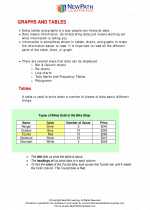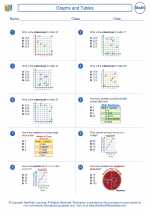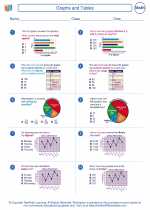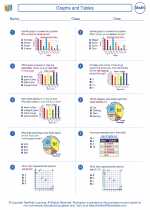Translation Patterns
Translation patterns in math involve moving a figure from one location to another on a coordinate plane. This movement is often described using a vector, which specifies the direction and distance of the translation.
Understanding Translations
When translating a figure, each point of the original figure is moved the same distance and in the same direction. The key to understanding translations is to grasp the concept of vectors, which indicate the magnitude and direction of the movement.
Vector Notation
In vector notation, a translation is represented as a directed line segment. The length of the segment indicates the distance of the translation, and the direction of the segment indicates the direction of the translation. Vectors are often represented using angle brackets, such as <a, b>, where 'a' represents the horizontal movement and 'b' represents the vertical movement.
Practice Problems
Let's practice with a few problems to solidify our understanding of translation patterns:
- Translate the point (3, 5) by the vector <2, -4>.
- Translate the triangle with vertices A(1, 2), B(3, 4), and C(5, 6) by the vector <-3, 1>.
- Given the point P(4, 7), find the coordinates of the point after translating it by the vector <0, -6>.
Solution
- To translate the point (3, 5) by the vector <2, -4>, we add 2 to the x-coordinate and subtract 4 from the y-coordinate. Therefore, the translated point is (5, 1).
- To translate the triangle, we translate each vertex using the given vector. The new coordinates for A' would be (1 - 3, 2 + 1) = (-2, 3), for B' would be (3 - 3, 4 + 1) = (0, 5), and for C' would be (5 - 3, 6 + 1) = (2, 7). Therefore, the new vertices are A'(-2, 3), B'(0, 5), and C'(2, 7).
- Translating the point P(4, 7) by the vector <0, -6> simply means subtracting 6 from the y-coordinate. Therefore, the translated point is (4, 1).
Conclusion
Understanding translation patterns is essential for working with coordinate geometry and transformations. With practice, you can become proficient in translating figures on a coordinate plane using vectors.
Additional Resources
For more practice and in-depth study, you can refer to your textbook, online tutorials, and interactive geometry tools to explore and master translation patterns.
.◂Math Worksheets and Study Guides Fifth Grade. Graphs and Tables

 Worksheet/Answer key
Worksheet/Answer key
 Worksheet/Answer key
Worksheet/Answer key
 Worksheet/Answer key
Worksheet/Answer key
